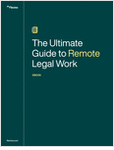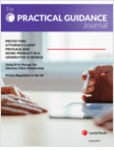In 1965, after the “bloody Sunday” march from Selma was cut short by Alabama lawmen wielding tear gas, clubs, and whips, federal district court judge Frank M. Johnson, Jr., viewed television footage of the violence as evidence in his Montgomery courtroom. Four days of hearings revealed widespread abuses against blacks attempting to register to vote. The evidence convinced Johnson to issue an order that he acknowledged reached “the outer limits of what is constitutionally allowed,” by blocking public access to portions of a major highway.
Conventional doctrine was clear. The right to assemble was balanced by the rights of others. But no U.S. judge better understood the injustices perpetrated against black Southerners attempting to exercise the right to vote. In one of those transcendent leaps that can shape history, Johnson for the first time extended to the Constitution the concept of proportionality used in civil and criminal law – the greater the wrong, the greater the penalty. “In this case,” he asserted, “the wrongs are enormous. The extent of the right to demonstrate against these wrongs should be determined accordingly.”




